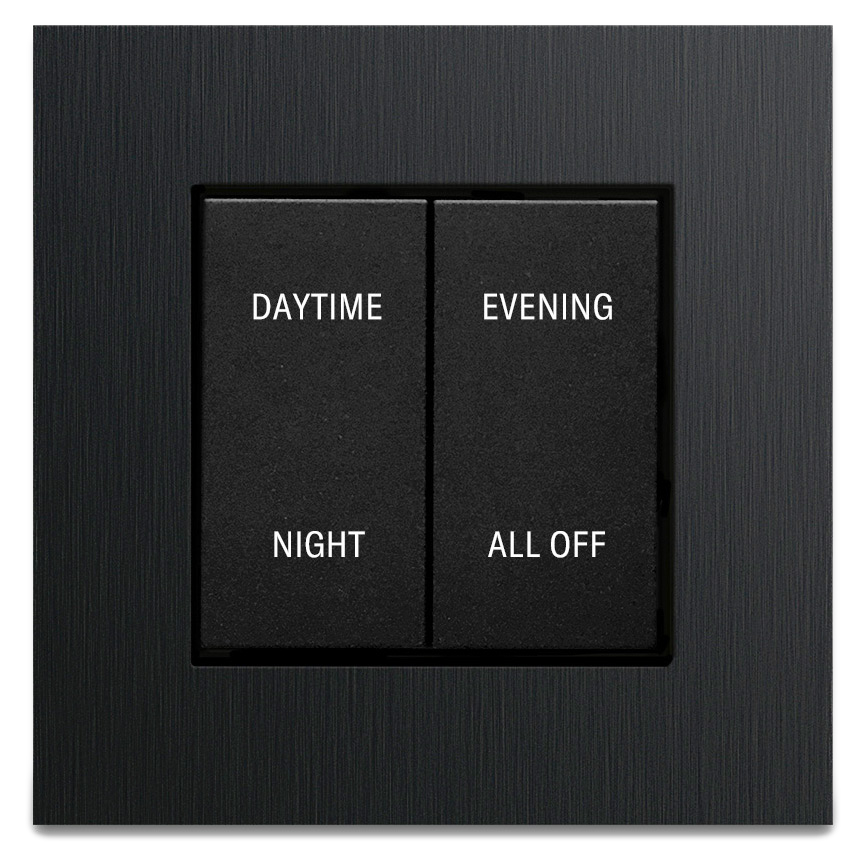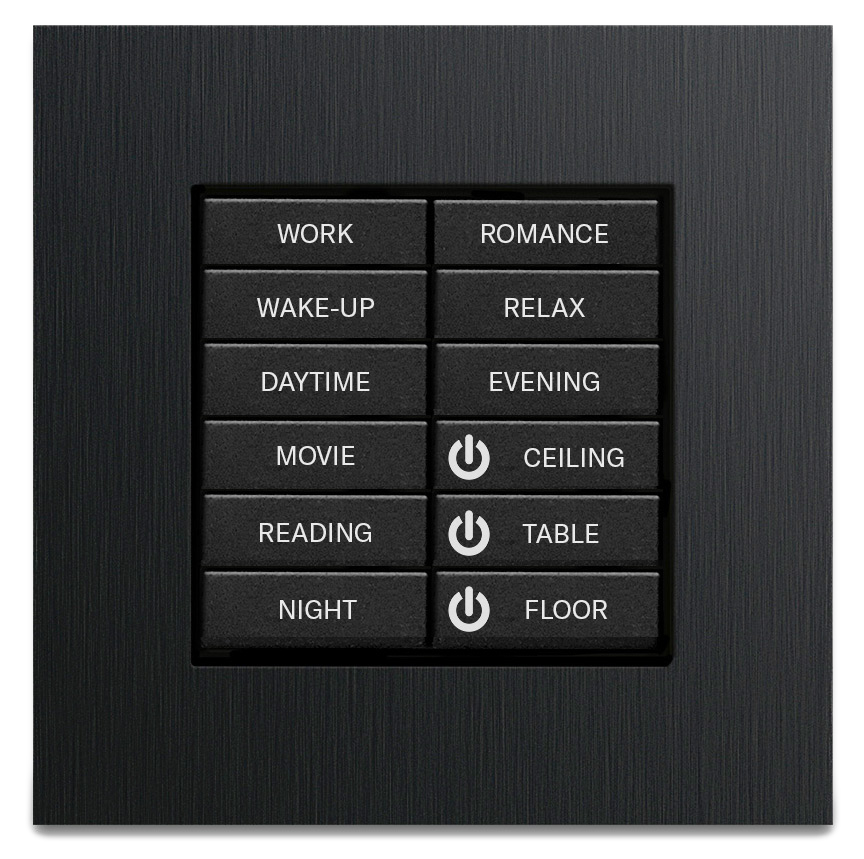
A competitive cyclist needs, and knows exactly when to use each of the 22 gears on a bike, but when renting a bike to cruise around a new city you rarely need more than 3.
The avid cook, future Masterchef can take full advantage of a 12-piece pro knife set, whereas the chicken and rice guy would just end up with an 11 out of 12 chance of choosing the wrong knife.
An advanced photographer will likely need color curves, layer masks, and accurate lighting adjustment tools, whereas a casual smartphone user is happy to just crop their selfie and maybe slap a nice filter on top of it. A color curve adjustment would likely just confuse them and ruin the photo.
The photo filters: all about power
While really popular and easy to use, smartphone photo filters are by no means a simple feature when looking under the hood. They operate by stacking lots of advanced adjustments such as:
- color curves
- local and global contrast enhancement
- layer masks calculated by machine learning algorithms
So, while the filters offer the user little to no control, they are actually very powerful tools.
Offering control always requires expertise from the user, whereas a good user experience empowers the casual user by offering exactly what they need and nothing more.
| Power-focused experience | Control-focused experience | |
| Best suited for | Casual users | Professional users |
| Available features | Only the most useful ones | As many as possible |
| Ease of use | Primary consideration | Secondary consideration |
| Main issue | Limitations for advanced users | Confusion |
How does this apply to hotels?
You have probably heard the phrase “empowering the guest”. Oftentimes it is misinterpreted as granting the guest more control by offering services with a plethora of options not narrowed down to the few actually wanted ones. More is more - mentality turns the empowering effort into a burden.
One reason powerful user experience in a consumer-setting usually beats the control-focused one is caused by a well-studied cognitive impairment called overchoice. Overchoice stands for the difficulty of choice when faced with too many options.
According to Miller (1956), a consumer can only process seven items at a time. After that, the consumer would have to create a coping strategy to make an informed decision. This can lead to consumer’s being indecisive, unhappy, and even refrain from making the choice (purchase) at all. For further reading see study, study, or study.
So, while a room service menu with 15 dishes might sound better as it offers more freedom of choice for the guest, it will slightly agitate them and push the sales down. Only offer the best few options and the guest, staff, and revenue will all thank you.
The most common failure can be found in hotel rooms
Hotels typically have the power/control balance nailed for most of the experience. The right amount of room choices, the right amount of bread types to choose from the breakfast, narrowed down minibar drink selection. But there is one exception.
The area where practically all hotels fail is the lighting of the room. The lighting is focused on control rather than power. You will almost always find one of the two issues:
- The unnecessary control of individual lights
- Too many pre-designed scenes
Both grant the guest more control with the lighting of the room but end up just confusing and inconveniencing the guest.
Power vs control in a light switch


4 lighting scenes cover all needs while maximizing convenience and user-friendliness. The daytime scene takes care of work, day-lights, and wake-up-lights, evening scene works for relaxing, romance, etc… you get the picture. Nothing is taken out of the experience, except for the headache of figuring out what each of the buttons does.
Summary
When designing the guest experience, keep these in mind:
- Too much choice agitates the guest and reduces sales
- When there is a decision for the guest to make, only offer the few best options
- Avoid the mistake of trying to empower the guest with too much control. Your guests are there to relax, not to learn using a new system.